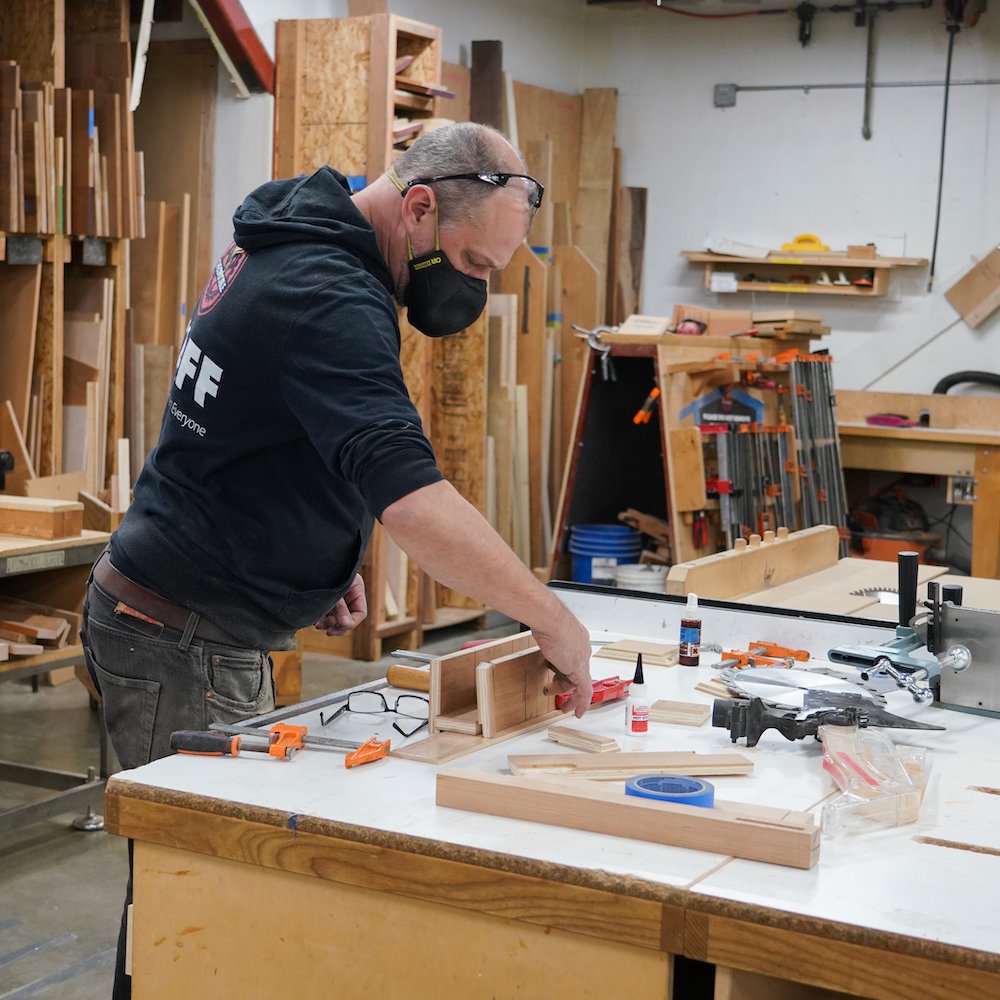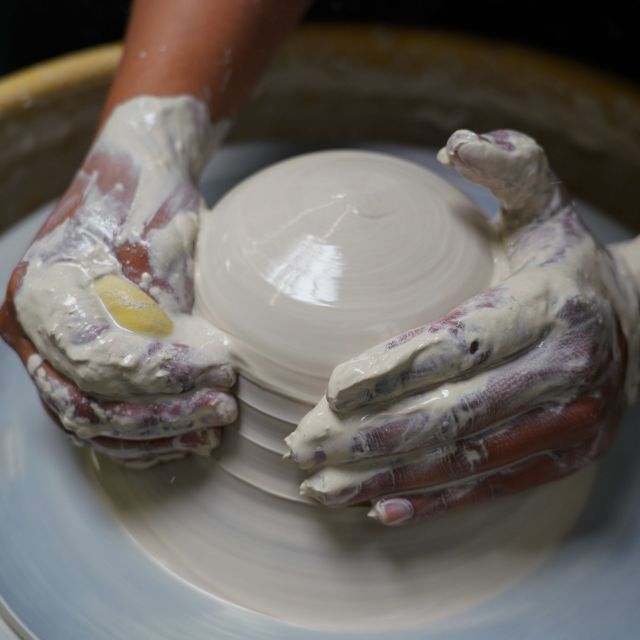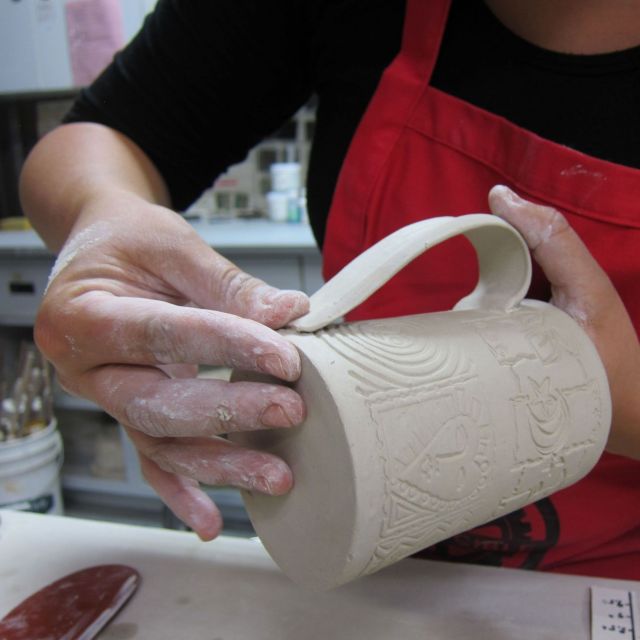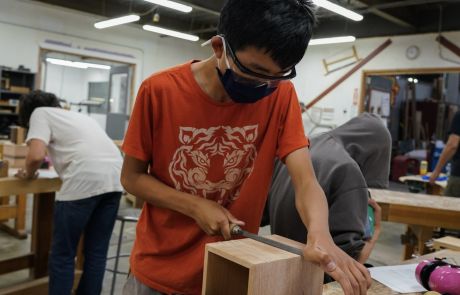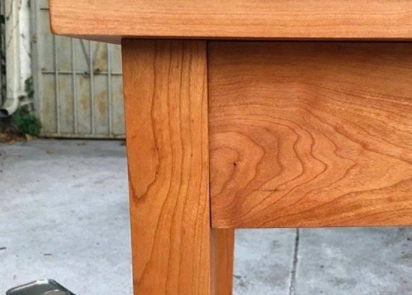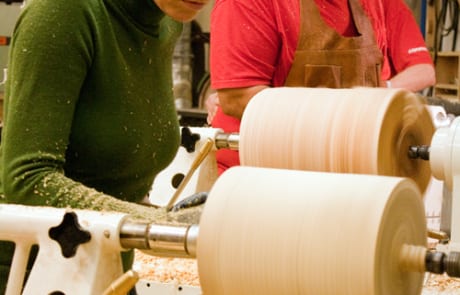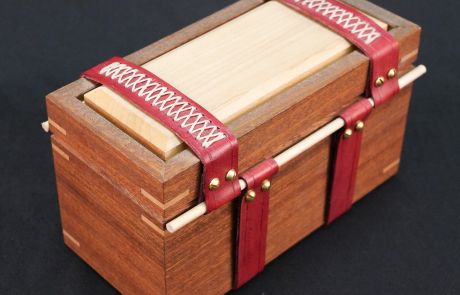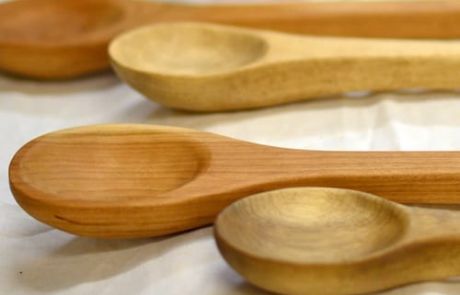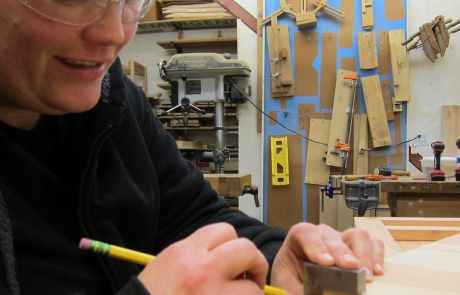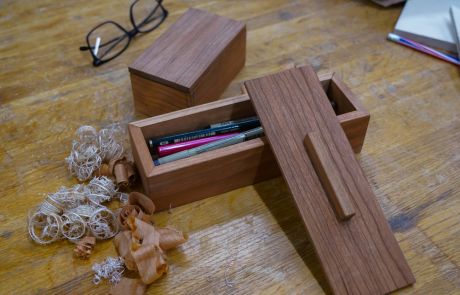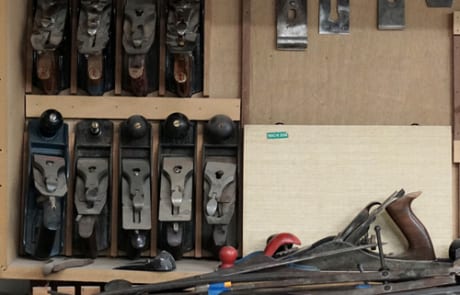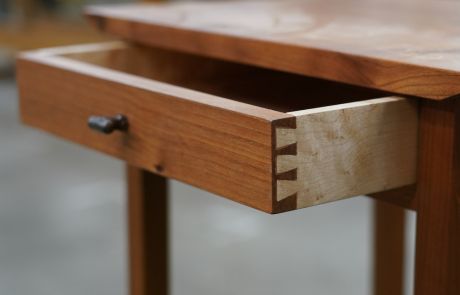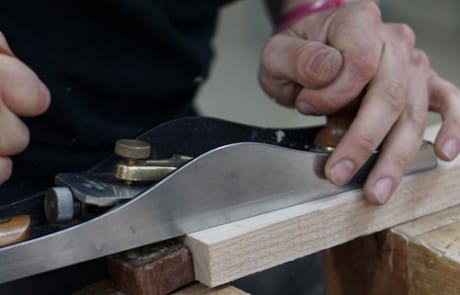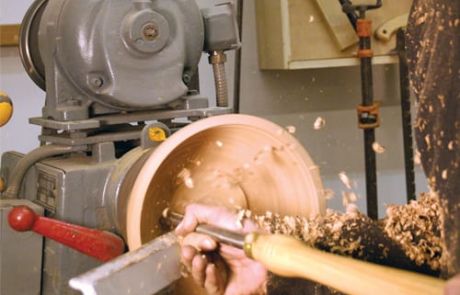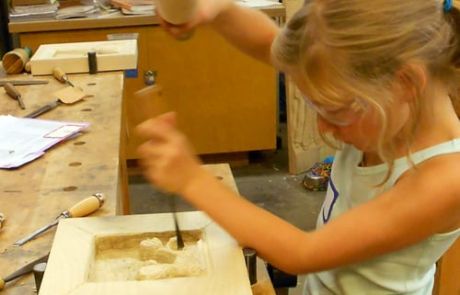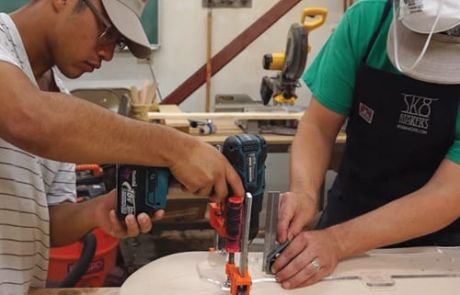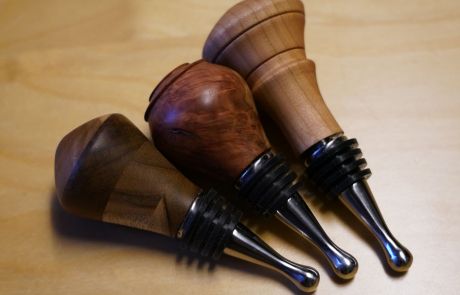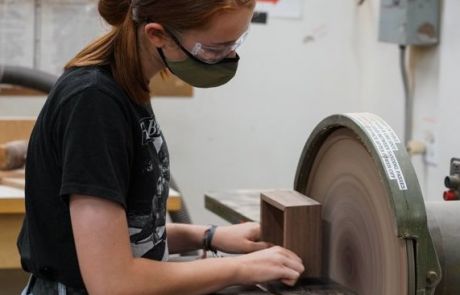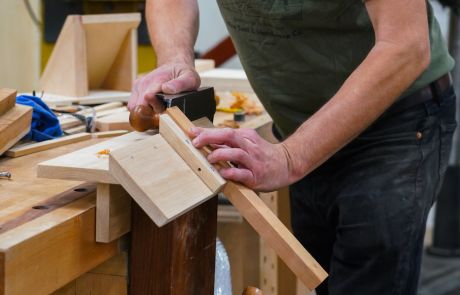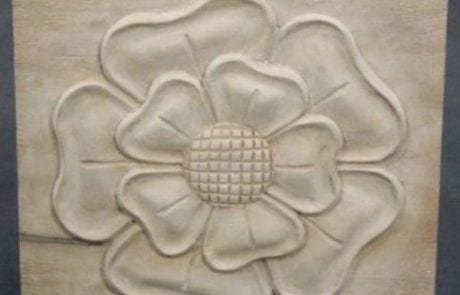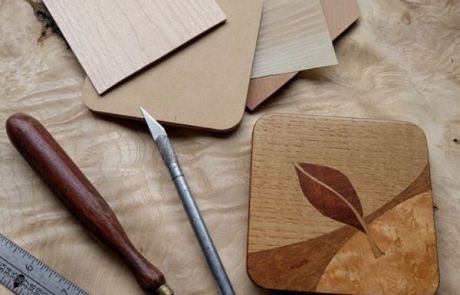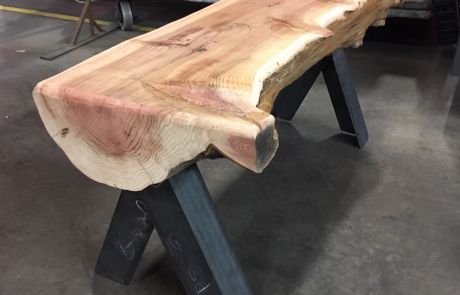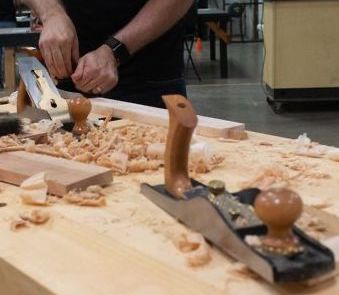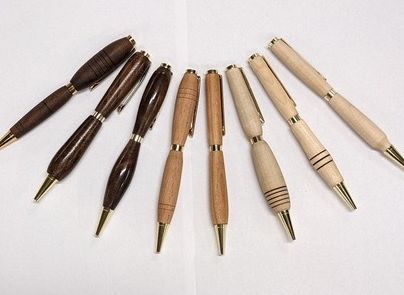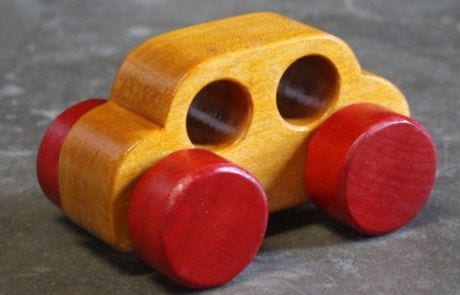WoodworkingEarth
Woodworking 101: A Beginners Guide to Getting Started
By Kristin Arzt
From building chairs to cabinets, woodworking spans a limitless number of projects and thousands of years of craft. There is much to learn and explore—different types of woods, appropriate techniques for working with them, and infinite designs. Here we will cover the basics and tell you exactly how to start woodworking.
What is woodworking?
Woodworking is the process of making decorative and useful objects from wood, like cabinets, fine tables, instruments, bowls, and more. It encompasses techniques like wood carving, joinery, and woodturning. It is relatively simple to learn basic woodworking skills, and with every project you will gain new expertise.
Wood was one of the first materials used by early humans for tools and utensils, and use of the materials is closely tied to the development of aspects of modern human life. Early civilization is known to have used wood to build hunting tools, vessels, coffins, chairs, idols, and more.
As civilization has advanced, so has woodworking as a craft. While the fundamentals remain largely unchanged, woodworkers are using modern technology to build new equipment and tools and create more advanced projects.
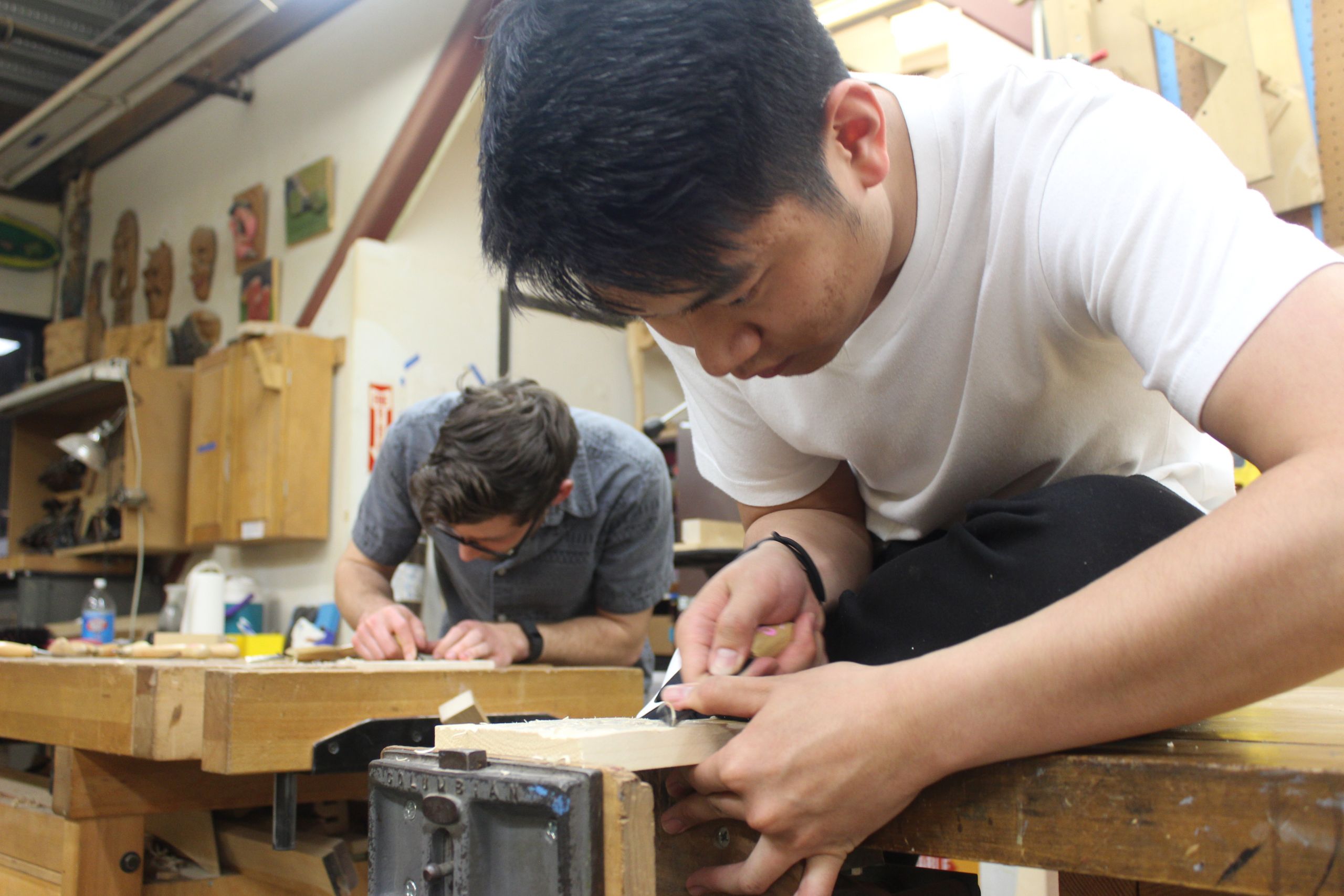
Common woodworking terminology
When you are first starting out as a woodworker, you will hear a number of phrases that represent common techniques. Below is a glossary of essential woodworking terms to get started.
Jointing
Jointing is the process of preparing the edges of wooden boards for gluing them to another board. It is commonly used for both flat surfaces and angled joints.
Planing
Planing is used to smooth and remove excess material from wooden surfaces using a planer machine or hand tool.
Routing
Routing is the process of shaping, cutting, and trimming wood. The technique produces finished edges and shapes using a tool called a router, which is commonly used for cutting grooves in cabinets and furniture.
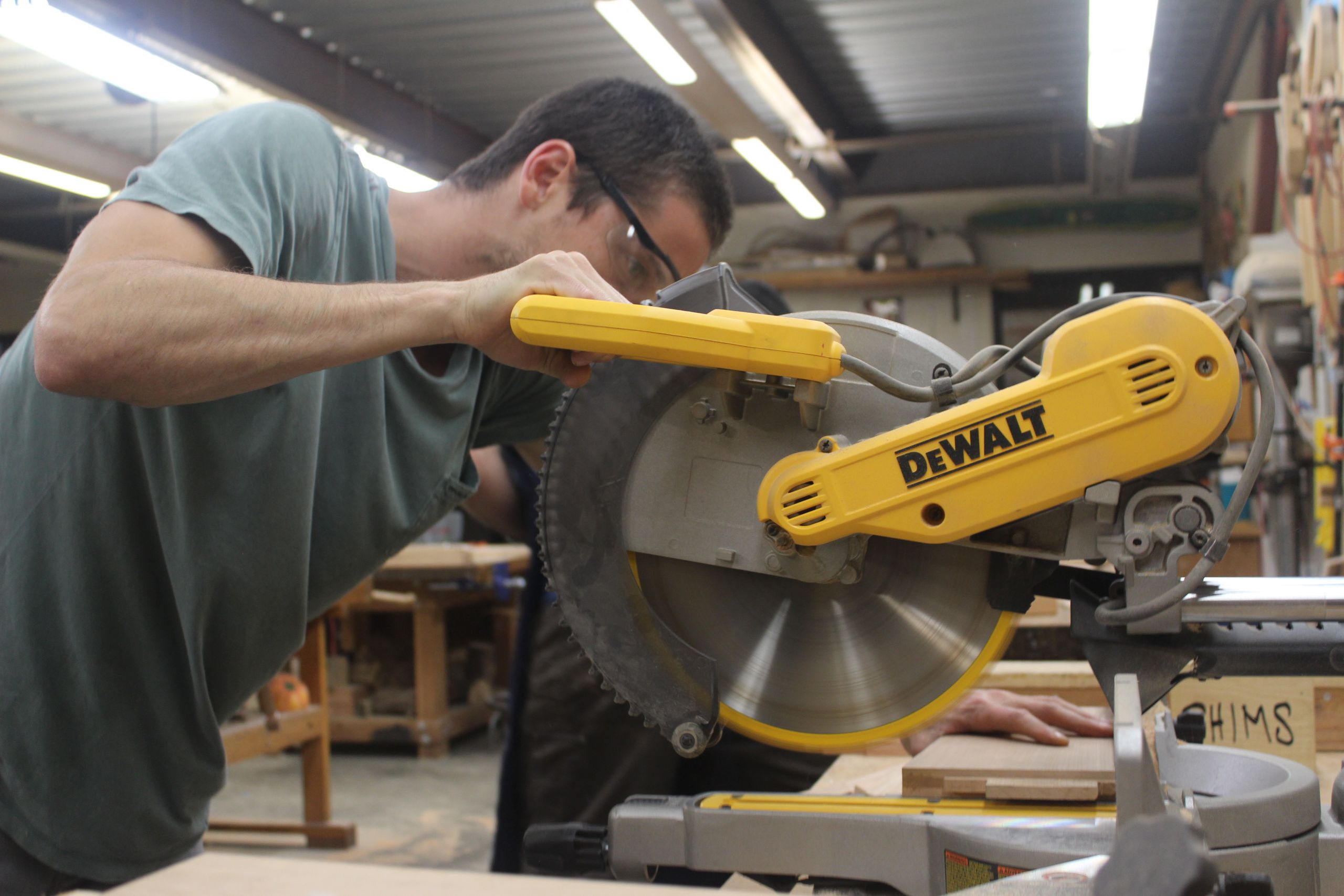
Sawing
Almost every woodworking project starts with cutting down wood with a sawing technique. There are many different types of saws used for different types of projects.
- Handsaws are lightweight, portable, and do not require a power source. They come in many shapes and sizes with a variety of blades.
- Circular saws are efficient, easy to use, and portable. They are particularly effective at cutting straight lines through the wood.
- Table saws are versatile, fast, and precise. The blade is exposed from below the work surface, and the material passes over the table to be cut. You can easily adjust the blade angles and depth for precise cuts.
- Chainsaws are portable saws used to cut wood using a chain, powered by gasoline, electricity, or a battery. It is best for initial rough cuts to shape a project, or for sourcing wood when felling or pruning trees for the material.
- Bandsaws are great for cutting curves, rounded edges, intricate shapes, and more. They come in many sizes, depending on the sizes of the stock you plan to cut and the intricacy of your project.
- Jigsaws are electrically powered and cut with a back and forth or up and down motion. The narrow blade makes them best used for cutting rounded shapes and curves.
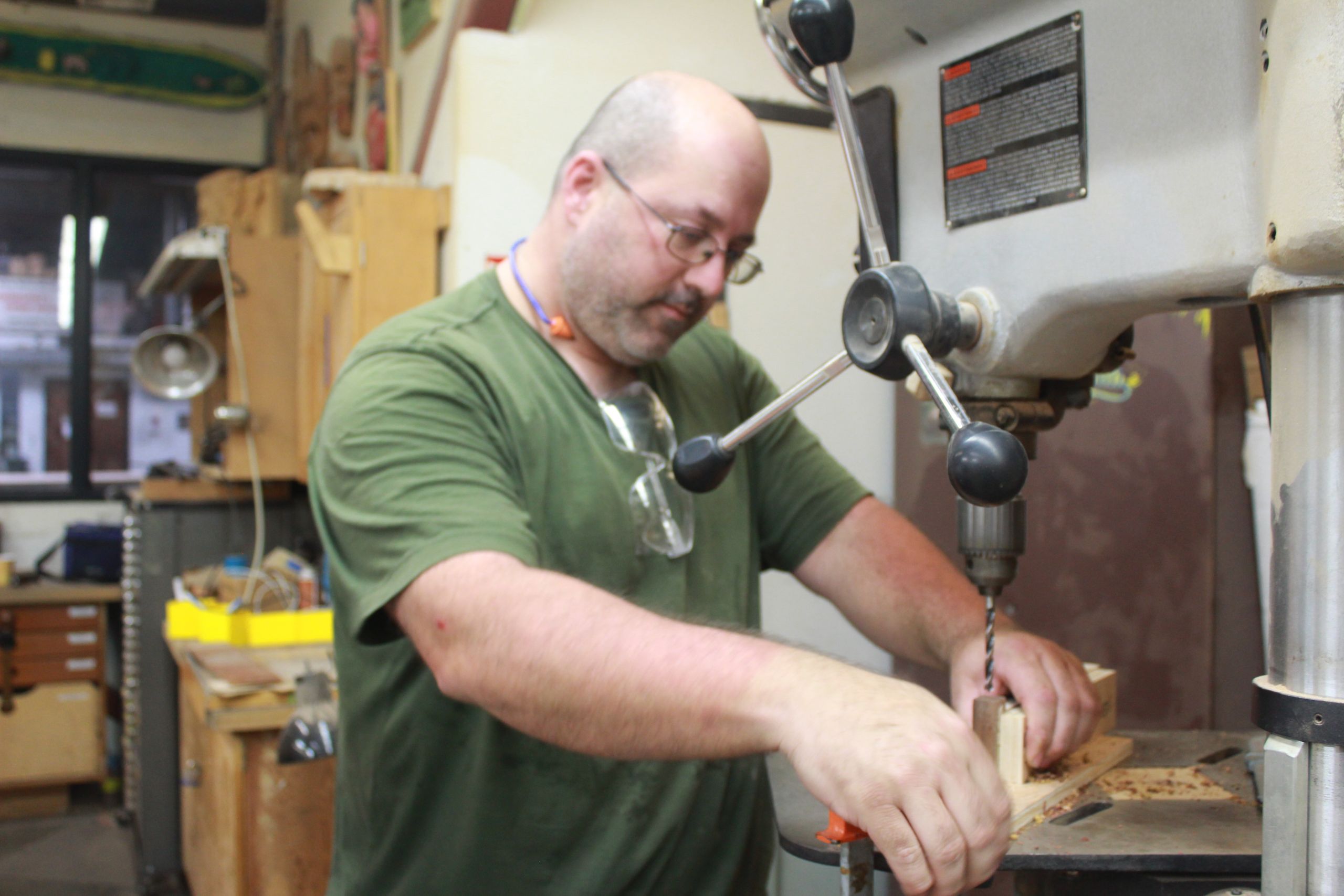
Drilling
Drilling creates holes in the wood using a drill and bit. The drill driver spins the drill bit clockwise or counterclockwise. The type of drill bits you use will depend on the size of hole you need to create, the material you are working with, or the speed of the bit. The range of sizes of drill bits varies vastly across 47 different sizes of standard drill bits.
Gluing
Gluing wood joins two or more pieces of wood together to create a larger piece. When you glue two pieces of wood together properly, the glued joint is stronger than the wood itself.
Sanding
Sanding is a finishing technique that smooths the surface of the wood using sandpaper. Woodworkers often start sanding with a medium grit, and work their way to a finer grit to finish.
Finishing
Finishing is the process of refining or protecting a wooden surface by applying a penetrating finish or a surface finish.
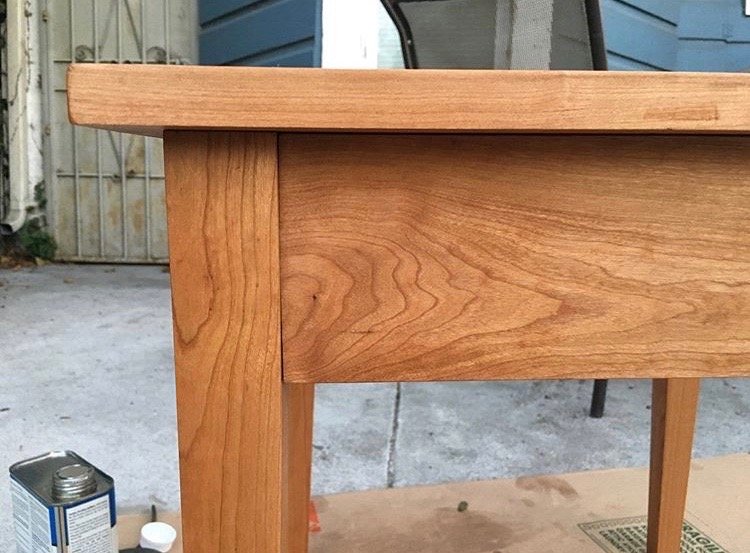
Intro to woodworking tools
Woodworking tools are used to cut, shape, join, and finish projects. Generally, there are many different types of each tool, and the type you choose will depend on the project you are interested in making. Here are some of the most common tools and equipment you will use when you start woodworking.
Saws
Just about every woodworking project starts with a saw. There are many different types that are meant for different materials, jobs, and more. A handsaw does not require any power and is very portable. Electrical saws span from more portable circular saws to heavy-duty table saws.
Blades
A key distinction between saw blades is the type of cutting they are used for. Coarse teeth are usually ideal for rip cutting, which is cutting in the direction of the grain. Finer toothed saws are used for cross-cutting perpendicular to the grain.
Drills
Drills can be hand-cranked or motorized, depending on the scale of your job. If you are working on a smaller project without access to power, you may opt to use a battery-powered drill. If your job requires more force and deeper holes to be drilled, you can invest in a drill press.
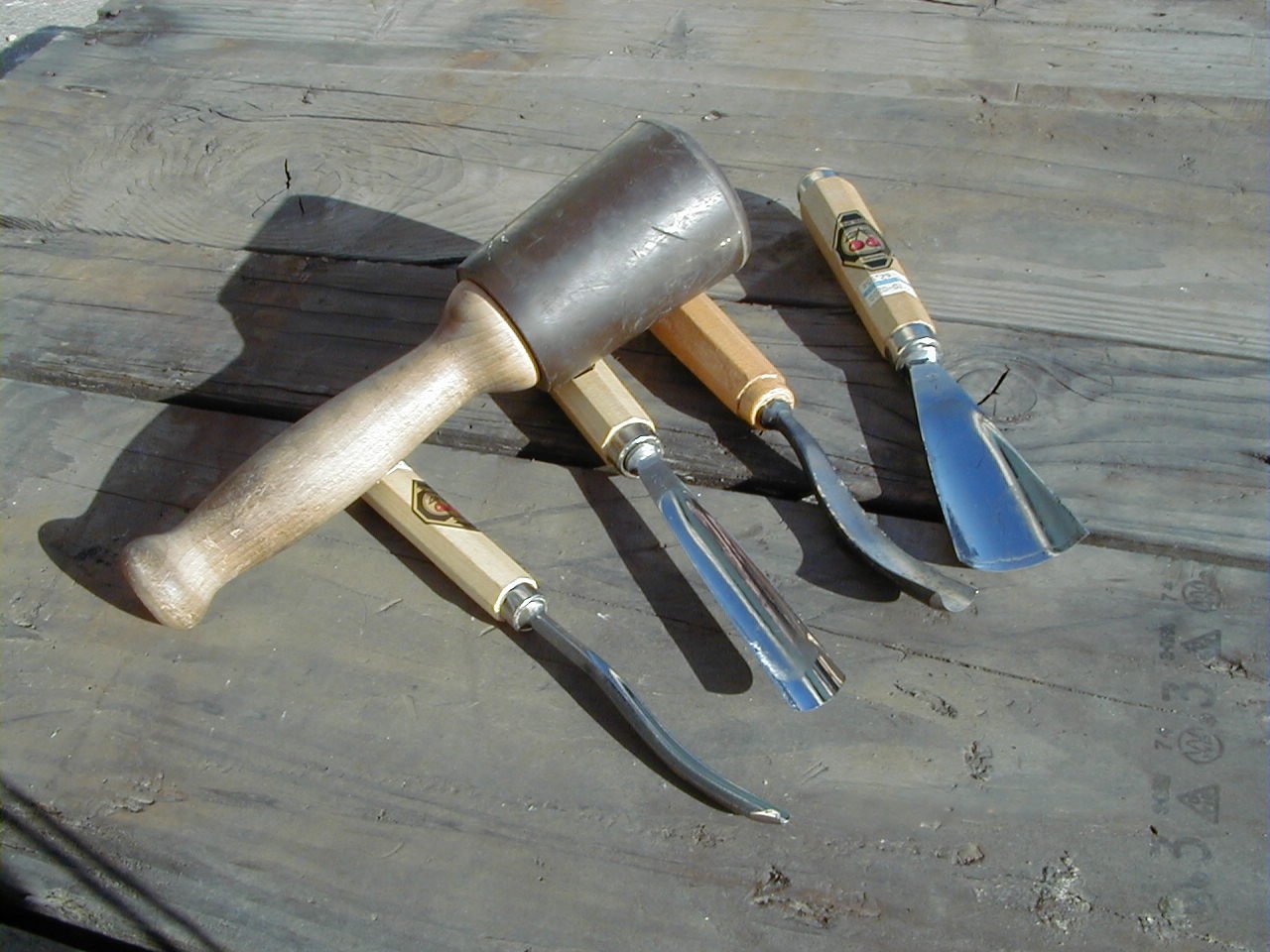
Clamps
Clamps are necessary tools for joinery and an essential tool in the woodshop. They work great as vises, or as an extra set of hands to hold your project in place. The type of clamp you use will depend on the size and scale of the job at hand.
Chisels
Chisels have a sharpened metal blade and a handle and are often used in tandem with a mallet or hammer, to shape and cutaway solid wooden material. Different styles of chisels are used for different applications. Paring chisels are lightweight and are never malleted, while mortise chisels are thick, heavy, and ideal for removing material from hardwood.
Planers
Planers are used to smooth and remove excess material from flat surfaces. Power planers are electrical and can plane a large surface area quickly, while hand planers are operated by hand and focus on smaller areas at a time.
Sanders
Sanders are used to smooth the surface of the wood using sandpaper, often applied in a sequence of grits beginning with a larger grit and finishing with a finer grit. Power sanders work well for fast jobs with large surfaces, and hand sanding is best for smaller projects.
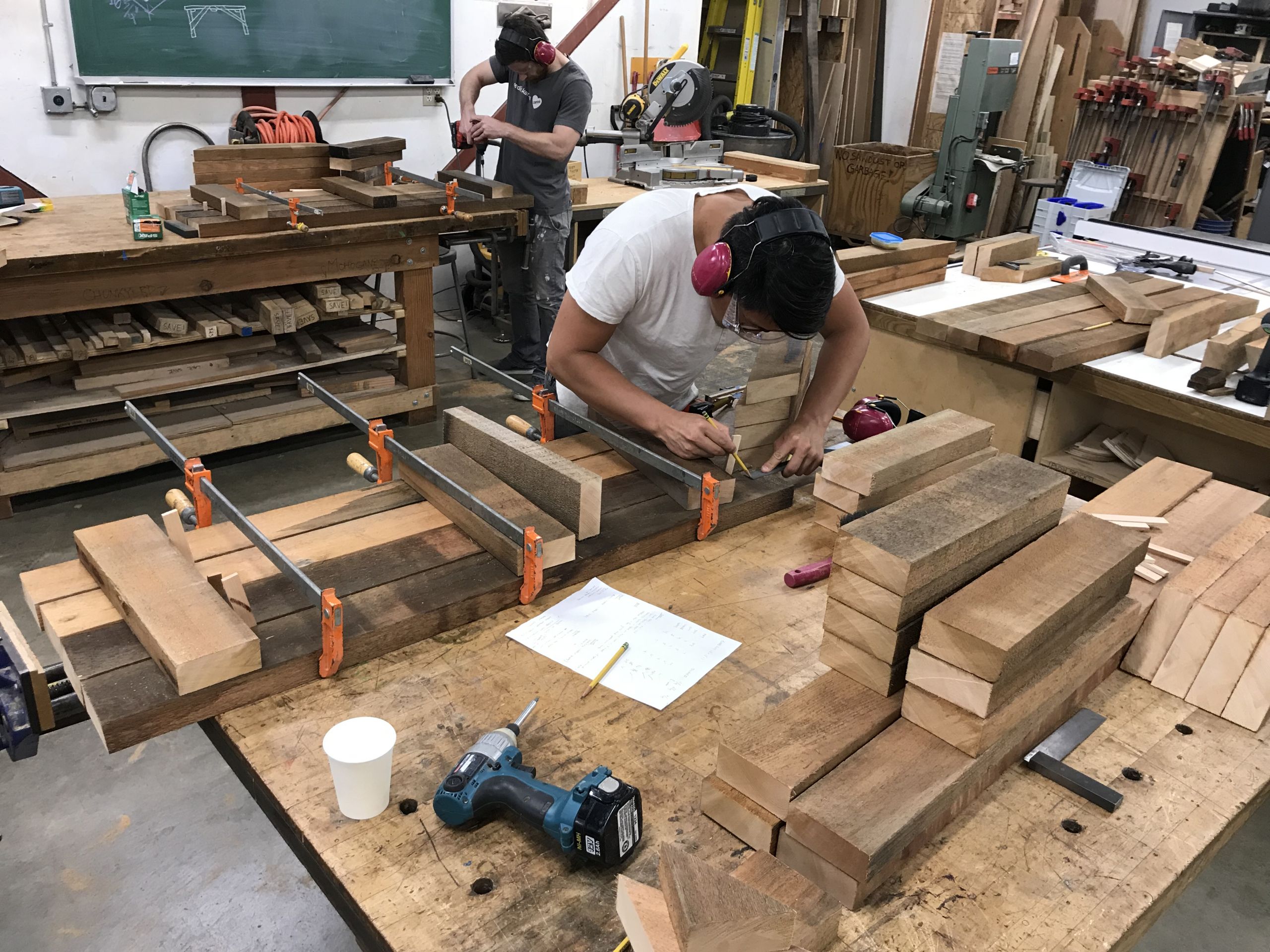
Woodworking as a career
Professional woodworkers design and build wooden objects such as cabinets, boxes, musical instruments, and furniture. Modern woodworkers are trained technically in the skill, and use different kinds of equipment and tools to complete their work. Once you have the fundamentals of woodworking under your belt, you may opt for an apprenticeship to learn from and work with a professional woodworker. There are also credential programs you can enroll in, such as the Woodworker Career Alliance, which offers educational programs and a network of woodworking opportunities.
How to start woodworking
Woodworking is a hobby that you can learn on your own with the proper tools and safety equipment. If you are brand new to woodworking, learn the fundamentals and more advanced techniques in a class. If you are just starting to use a new saw or piece of equipment, it is safest and ideal to learn from a professional woodworker before trying it at home.
Learn woodworking at The Crucible
The Crucible’s woodworking classes teach you to use hand tools and power tools, to carve and turn wood, and to apply this knowledge to make your own projects. Our classes teach you to become familiar with different types of woods, appropriate techniques for working with them, and enable you to gain an understanding of basic furniture-making and cabinetry design. Learning these techniques from a professional woodworker will empower you to work with wood safely and wisely.
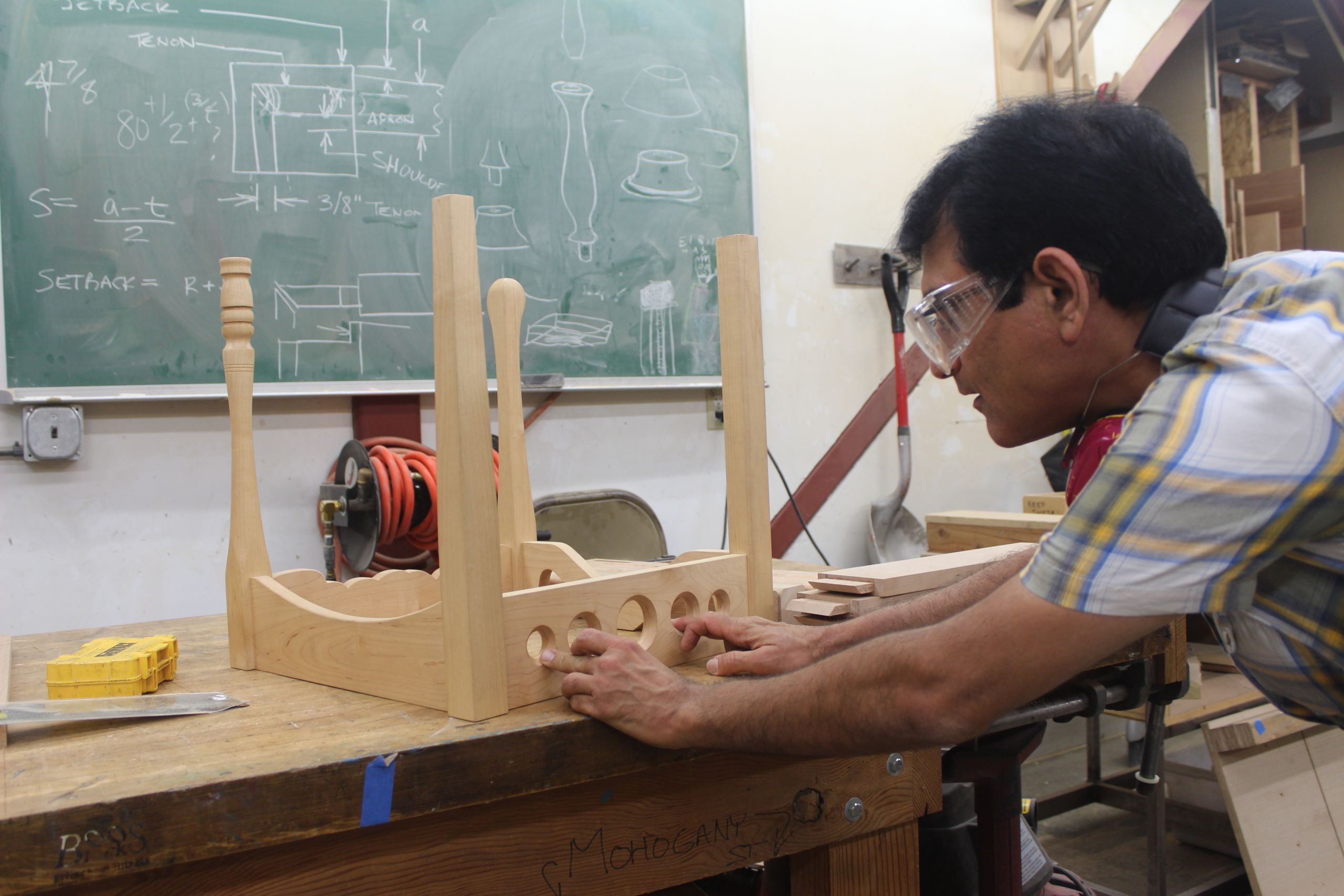
Woodworking FAQs
Is woodworking the same as carpentry?
Woodworkers and carpenters both construct objects from wood, using similar tools and materials in their work. However, there are a few key differences between the two practices. Woodworkers specialize in refined crafts such as cabinetry, building musical instruments, and other fine wooden objects. Carpenters often construct buildings, structures, and larger projects. Woodworkers primarily work with wood, while carpenters work with wood in addition to other materials, such as drywall, cement foundations, and more.
How much money do woodworkers make?
Many people take up woodworking as a hobby that provides supplemental income, but it is possible to make a decent living as a woodworker. There are many different variables that may feed into a woodworker’s salary, from how experienced you are to whether you work for a larger company. According to the Bureau of Labor, an average full-time woodworker’s annual salary is $33,750, or $16.23 per hour.
Is woodworking an expensive hobby?
The cost of woodworking as a hobby depends on the type of projects you plan to build, tools you will need, and the materials you source. It is best to start with small, simple projects to learn the fundamentals and get to know the material. Once you have a solid understanding, you can expand your workshop, upgrade your equipment, and take more advanced classes.
Can you woodwork at home?
Yes, you can set up a small woodshop at home for woodworking. Woodworking equipment can take up a large footprint in your home, so consider starting with handheld or bench-top tools. Always keep safety at the top of your mind, and work in a space with proper ventilation and dust collection.

